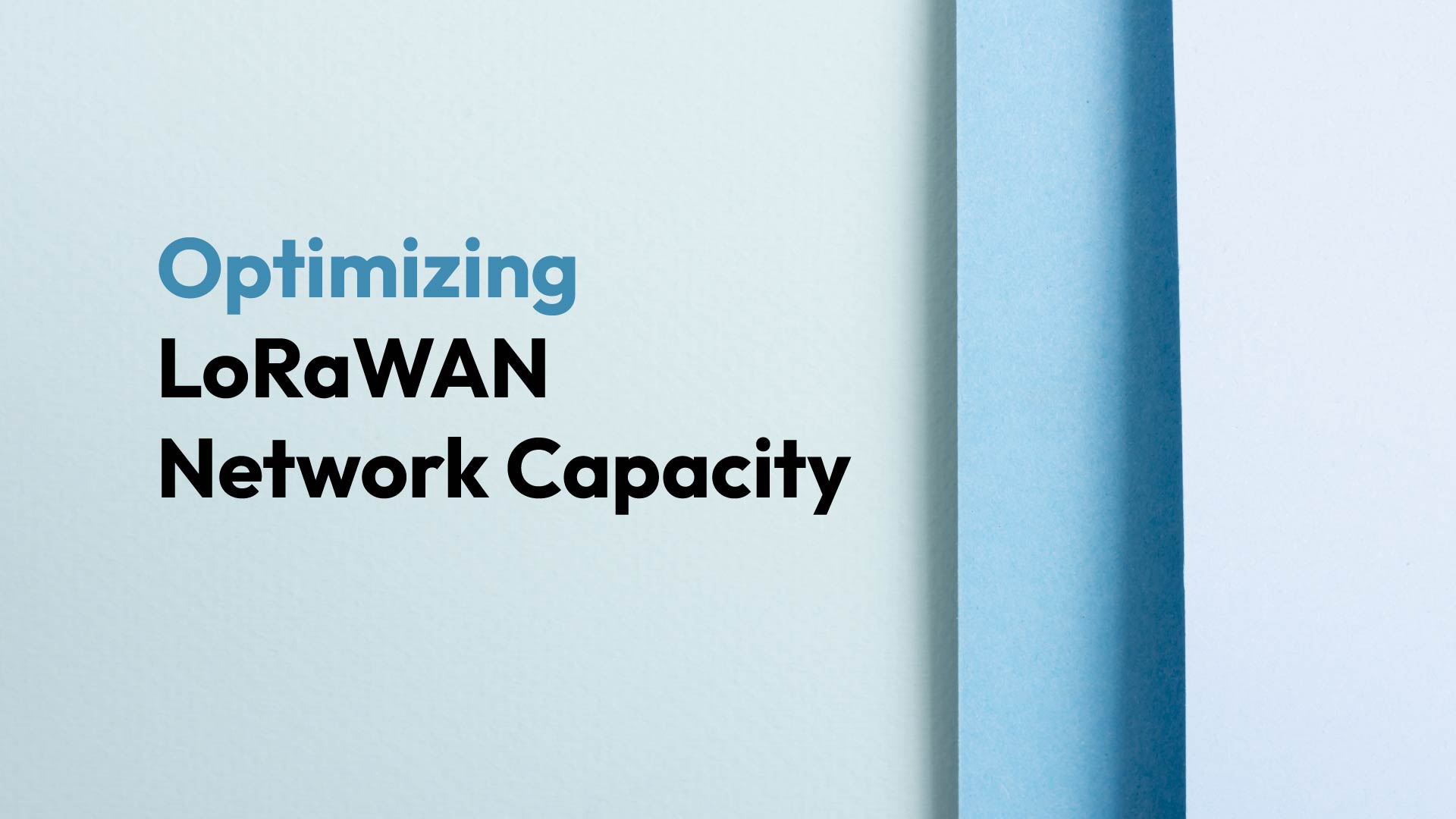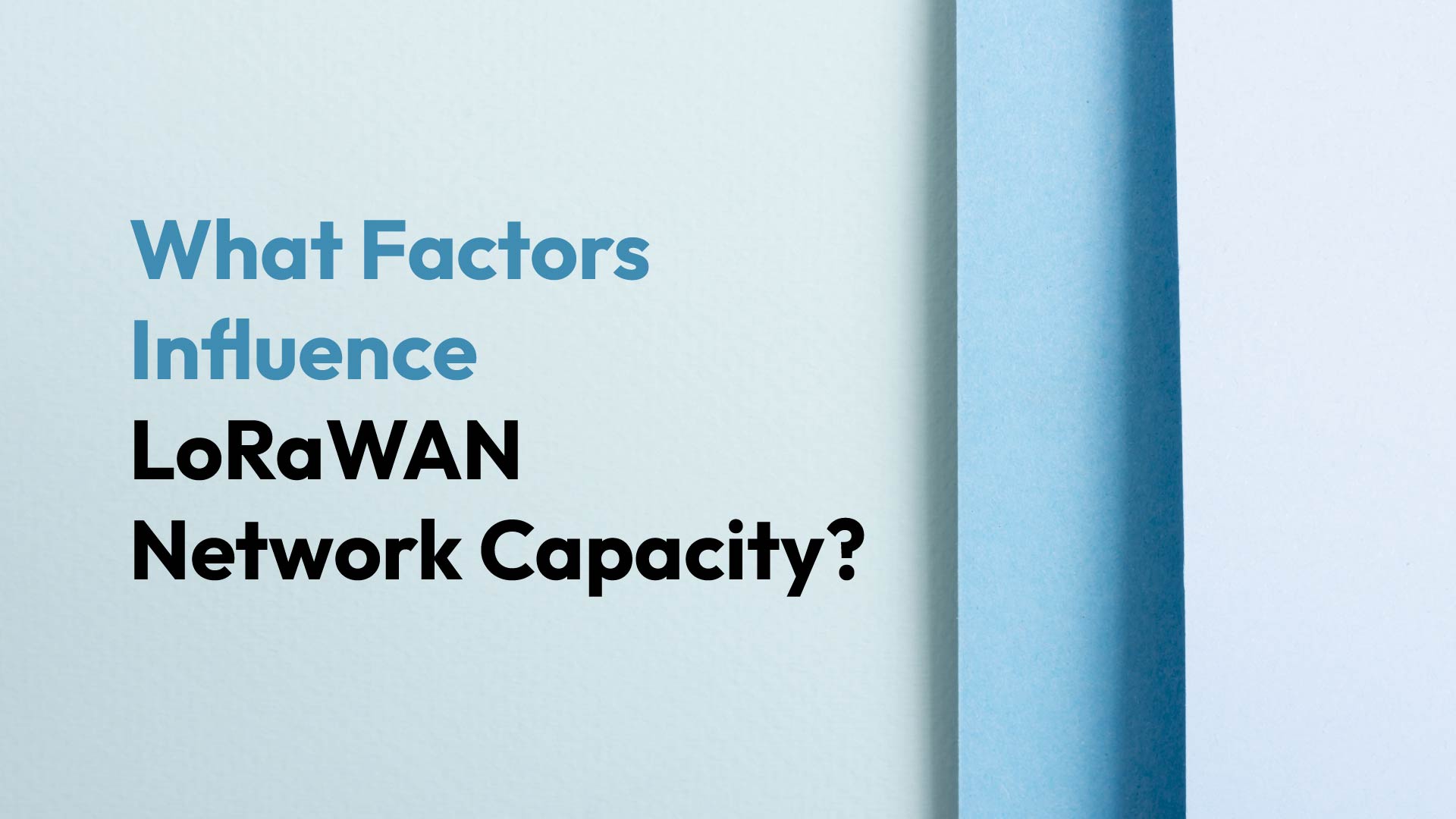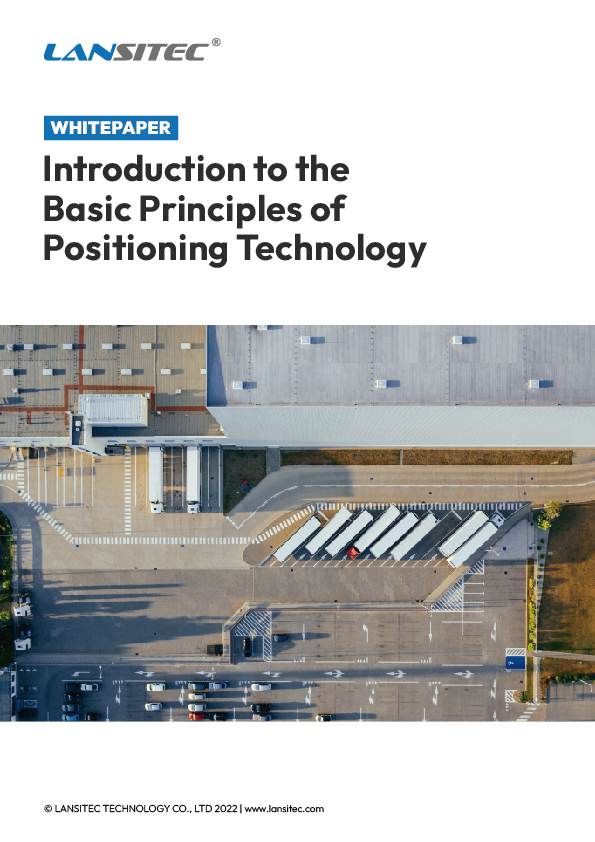1) Frequency band and bandwidth
The frequency band and bandwidth used by LoRaWAN directly affect data transmission speed and capacity. A wider bandwidth allows for more data transmission but consumes more spectrum resources. This is fixed data in LoRaWAN, which is 125KHz, and 500KHz (in some cases in US915 and AU915; refer to the LoRaWAN protocol for details). Also, please refer to the link below on “LoRaWAN Frequency Plan by Country or Region”.
LoRaWAN Frequency Plan by Country or Region
2) Data Rate
LoRaWAN uses an Adaptive Data Rate (ADR) mechanism.
Higher data rate
- Less transmission time
- Less time each node occupies the network
- More overall network capacity
- Lower the communication distance
Lower data rates
- More transmission time
- More time each node occupies the network
- More overall network capacity
- Lower the communication distance
3) Number of Nodes
The more devices connected to the network, the more competition there is between nodes, especially when they share the same frequency.
4) Duty Cycle Limitations
LoRaWAN transmissions are constrained by duty cycle limits, meaning each node can only send data for a small portion of time. This restricts the frequency of transmissions from each node and impacts the overall network capacity. For details, refer to LoRaWAN Regional Parameters.
5) Channel Utilization
LoRaWAN typically uses multiple channels for data transmission. Load balancing across different channels can increase overall network capacity. If some channels are overutilized, it can lead to network congestion.
6) Propagation Conditions
Signal propagation conditions (such as geography, obstacles, and electromagnetic interference) affect signal coverage and quality, which in turn impacts network capacity.
7) Number and Distribution of Gateways
The number and location of gateways affect the network’s coverage and capacity. More gateways can reduce the load on individual gateways and increase the overall network capacity.
8) Ratio of Uplink to Downlink Communication
A typical LoRaWAN gateway has 8 uplink channels and 1 downlink. LoRaWAN is primarily designed for uplink communication (from devices to the network), but downlink communication also uses channel resources. If downlink demand is high, it can reduce the overall network capacity.








